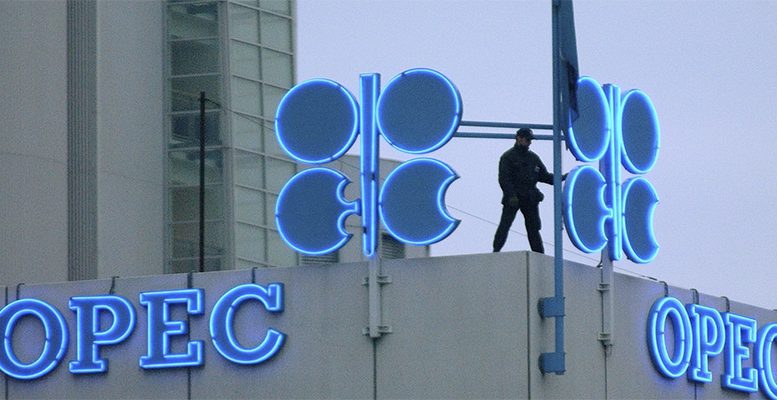Francisco Blanch (BofA Global Research) | As it is often the case every year during the shoulder season, the period that separates summer from winter, crude oil prices pulled back in the past few weeks. The drop occurred as leisure summer driving came to an end. The aggravating factor this year is that work-from-home trends have curbed commutes and business travel, providing little support to fuel demand in September. Planes are grounded. School buses are sitting idle. Mobility seems to be retracing again as Covid-19 cases in Europe have resurged . The oil selloff has likely put OPEC+ on guard, and Saudi pushed hard this week to increase compliance with agreed production quotas across the group. The challenge facing oil producers is that winter gasoline is simply too easy to make and global distillate inventories remain completely dislocated.
…but refining margins are awful, so crude runs are low
Refining is an aggressively competitive margin business, where firms fight for dimes and nickels. No surprises then that margins are so low given how much spare refining capacity there is around the world. The obvious choice for refiners now is to cut crude runs and wait out the pandemic. As such, crude oil front-to-third month timespreads are not liking the refiners’ wait-and-see approach. Having recovered from the lows into the summer, timespreads have rolled down since August. The truth of the matter is that refining margins have little to hold onto heading into winter. Seasonally, global diesel demand for heating typically rises by 1.5-2.0 million b/d sequentially from August to December, if the winter is normal. But if winter weather does not help and cyclical activity does not recover, distillate cracks can roll down further, pressing crude oil lower.
Despite a looming deficit, crude could stay range bound
So what will happen next? We still expect the global oil market to move into a 4.9mn b/d deficit in 4Q20 on the back of the OPEC+ cuts, supporting crude prices. Yet diesel and jetfuel/kerosene make up by far the largest petroleum product group in the oil market. So crude oil prices cannot really rally until distillate demand, jet fuel included, recovers to more normal levels in the next few months. Or maybe the crude market will have to wait for summer gasoline to come back to the rescue and take it out of hibernation in March 2021. In terms of downside risks, a big second Covid-19 wave was always going to rank first, but a warm winter now ranks second given the persistent surplus in distillate fuels. In short, with a bit of OPEC’s help, crude oil prices will most likely stay range-bound in the mid-$40s to year end, so we maintain our $47/bbl 4Q20 Brent forecast. But keep an eye on the weather news.





